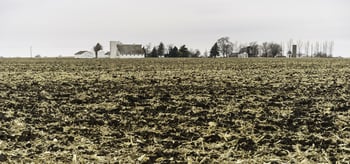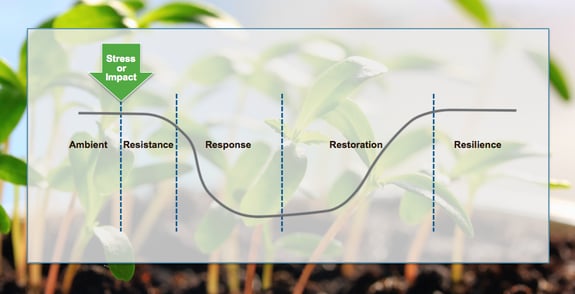By Robert N. Ames, PhD, Scientist Emeritus, Agricen Sciences
 In agricultural soils, the impact of farming on various species within microbial communities and their functioning may be beneficial or harmful. Many published studies have addressed this subject, comparing conventional, sustainable, organic, or a mixture of practices characteristic of these systems. The results clearly indicate that the different farming practices result in changes in microbial community composition; however, there are no clear correlations between these microbial changes and agricultural productivity.
In agricultural soils, the impact of farming on various species within microbial communities and their functioning may be beneficial or harmful. Many published studies have addressed this subject, comparing conventional, sustainable, organic, or a mixture of practices characteristic of these systems. The results clearly indicate that the different farming practices result in changes in microbial community composition; however, there are no clear correlations between these microbial changes and agricultural productivity.
To better understand how agricultural practices impact microbial communities, it may be helpful to provide a general diagram of microbial response. Key factors to keep in mind are that this “cycle” occurs frequently during the growing season and that the starting and ending points are constantly re-adjusting with every impact. Each cycle can be broken down into stages that I describe, and define below, as ambient, resistance, response, restoration and resilience. Supplemental reading on this topic can be found in articles by Bottom et al (2006) and Griffiths and Philippont (2012).
In the definitions below, a “change” may be positive or negative based on a measured parameter or set of parameters used to assess microbial community composition or function.
Ambient: The status of the soil’s microbial communities prior to an impact event.
Impact: An event which induces a change in the microbial community.
Resistance: When little or no detectable change occurs following an impact event.
Response: The negative or positive change induced as the result of an impact.
Restoration: The stabilization phase where the microbial community approaches a new ambient level.
Resilience: The comparison of microbial functioning and composition determined before an impact event relative to the final stabilization stage where change is no longer measurable. Thus resilience is the degree to which the microbial community absorbed the impact or stress to the system.
To relate changes in soil microbial cycles to their subsequent effects on agricultural productivity, it’s necessary to decide on what, when, how and where measurements are taken. In subsequent blog posts, I’ll provide a couple of examples of measurements obtained before and after an impact event so that we can gain some perspective on how a crop may be affected as we move from the ambient to resilience stages.


